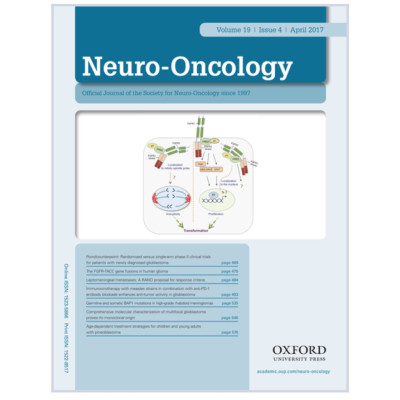Publication
Glioblastoma on a microfluidic chip: Generating pseudopalisades and enhancing cancer cell’s aggressiveness through blood vessel obstruction events
J.M. Ayuso, R. Monge, A. Martínez-González, G.A. Llamazares, J. Berganzo, A. Hernández-Laín, J. Santolaria, M. Doblaré, C. Hubert, J. Rich, P. Sánchez-Gómez, V.M. Pérez-García, I. Ochoa, L.J. Fernández
Neuro-Oncology 19(4), 503-513 (2017).
MOLAB authors
Abstract
Background:
Glioblastoma (GBM) is one of the most lethal tumor types. Hypercellular regions, named pseudopalisades, are characteristic in these tumors and have been hypothesized to be waves of migrating glioblastoma cells. These “waves” of cells are thought to be induced by oxygen and nutrient depletion caused by tumor-induced blood vessel occlusion. Although the universal presence of these structures in GBM tumors suggests that they may play an instrumental role in GBM’s spread and invasion, the recreation of these structures in vitro has remained challenging.
Methods:
Here we present a new microfluidic model of GBM that mimics the dynamics of pseudopalisade formation. To do this, we embedded U-251 MG cells within a collagen hydrogel in a custom-designed microfluidic device. By controlling the medium flow through lateral microchannels, we can mimic and control blood-vessel obstruction events associated with this disease.
Results:
Through the use of this new system, we show that nutrient and oxygen starvation triggers a strong migratory process leading to pseudopalisade generation in vitro. These results validate the hypothesis of pseudopalisade formation and show an excellent agreement with a systems-biology model based on a hypoxia-driven phenomenon.
Conclusions:
This paper shows the potential of microfluidic devices as advanced artificial systems capable of modeling in vivo nutrient and oxygen gradients during tumor evolution.















